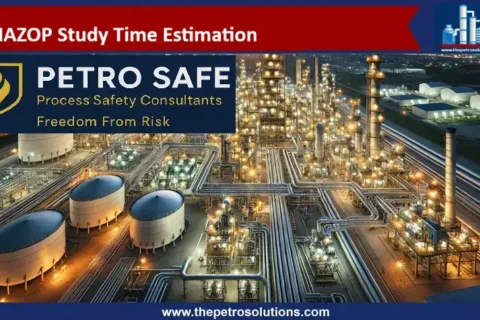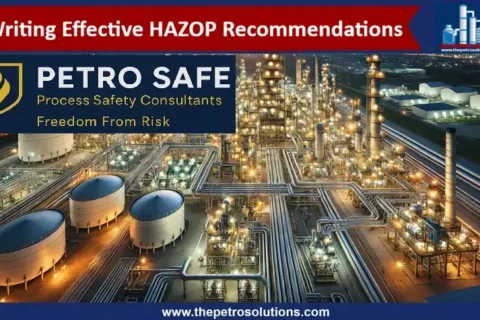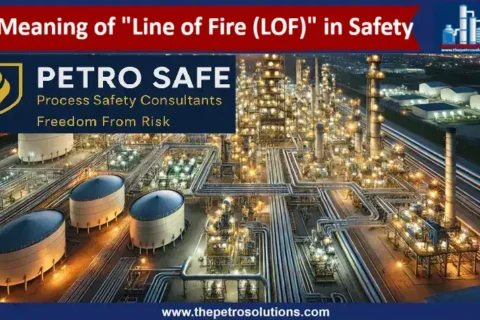The water-gas shift reaction, also known as the carbon monoxide-water shift reaction, is a chemical reaction in which carbon monoxide and water react to form carbon dioxide and hydrogen. Water Gas Shift Reaction (WGSR) plays a crucial role in many industrial processes, particularly in the production of hydrogen and synthesis gas.
Hydrogen is used in a variety of applications, including fuel cells, refining and chemical synthesis, while synthesis gas, a mixture of carbon monoxide and hydrogen, is used as a feedstock for the production of chemicals, such as methanol, acetic acid, and ammonia. This reaction is represented by the following equation:
CO + H2O → CO2 + H2
Water Gas Shift Catalysts and Reaction Conditions
The water-gas shift reaction can be carried out under a variety of reaction conditions, including:
1. Temperature
The reaction is exothermic and typically takes place at temperatures ranging from 200 to 450°C. The reaction rate increases with temperature and the optimum temperature for the reaction varies depending on the catalyst being used. However, temperatures that are too high can lead to the deactivation of the catalyst and reduced reaction rates
2. Pressure
The reaction can be carried out at pressures ranging from atmospheric pressure to several atmospheres. The reaction rate increases with the increase in pressure and the optimum pressure for the reaction varies depending on the catalyst being used.
The water-gas shift reaction is also influenced by the partial pressures of carbon monoxide and water. The reaction rate increases with the increased partial pressure of carbon monoxide and decreasing partial pressure of water. The reaction is typically carried out in a reactor with a fixed volume and pressure, with the composition of the reaction mixture being controlled by the feed stream composition.
3. Catalyst
A catalyst is usually required to carry out the water-gas shift reaction. Iron oxide and copper oxide are commonly used catalysts, but other catalysts, such as cobalt and nickel oxides, Aluminium, Chromium, Zinc can also be used. The choice of catalyst depends on the reaction conditions, and the optimum catalyst varies depending on the temperature and pressure conditions being used. Handbook of industrial chemistry and biotechnology.
4. Feedstock:
The feedstock for the reaction is typically a mixture of carbon monoxide and steam. CO source most of the time is fossil fuels like Coke, Natural Gas, LPG, Mogas etc. The ratio of carbon monoxide to steam can vary, and the optimum ratio depends on the reaction conditions, including temperature and pressure, as well as the choice of catalyst.
Applications of Water Gas Shift Reaction
The water-gas shift reaction has a variety of industrial applications, including;
1. Hydrogen Production
The water-gas shift reaction is an important step in the production of hydrogen. In this process, carbon monoxide and steam are reacted to produce hydrogen and carbon dioxide. The hydrogen produced can be used as a fuel in a variety of applications, including fuel cells, refining, and chemical synthesis.
2. Synthesis Gas Production
Synthesis gas, a mixture of carbon monoxide and hydrogen, is produced via the water-gas shift reaction. This gas can be used as a feedstock for the production of chemicals, including methanol, acetic acid, and ammonia.
3. Ammonia Synthesis
The water-gas shift reaction is an important step in the production of ammonia, a key ingredient in fertilizer. In this process, synthesis gas is reacted with nitrogen to produce ammonia.
4. Carbon Dioxide Capture
The water-gas shift reaction can be used in carbon capture and storage (CCS) systems to remove carbon dioxide from flue gas streams. In these systems, carbon monoxide and water are reacted to produce carbon dioxide, which can then be stored or used for enhanced oil recovery.
5. Methanol Synthesis
Methanol is produced via the water-gas shift reaction in a process known as the carbon monoxide shift. In this process, synthesis gas is reacted with carbon dioxide to produce methanol.
Certified Functional Safety Professional (FSP, TÜV SÜD), Certified HAZOP & PHA Leader, LOPA Practitioner, and Specialist in SIL Verification & Functional Safety Lifecycle, with 18 years of professional experience in Plant Operations and Process Safety across Petroleum Refining and Fertilizer Complexes.
- Nasir Hussain
- Nasir Hussain
- Nasir Hussain
- Nasir Hussain
- Nasir Hussain
- Nasir Hussain





